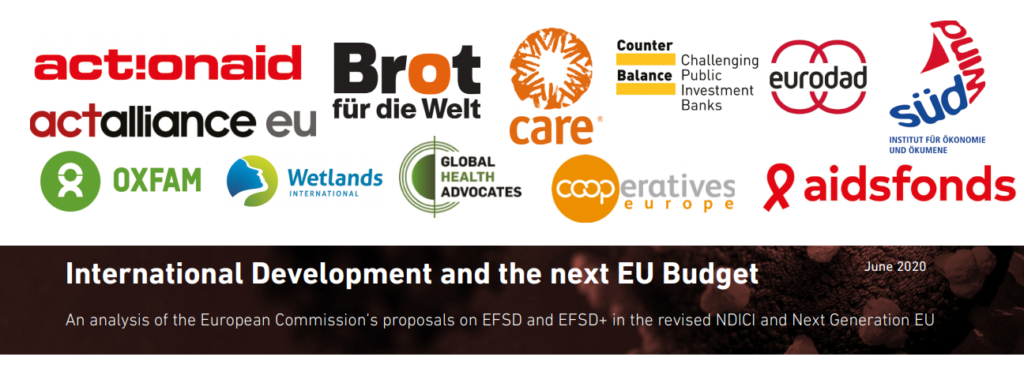Noting the special challenges of the COVID-19 global pandemic, GHA welcomes the “Next Generation EU” recovery package, and the revised 7 year budget proposal, which together show an increase to external action funding.
While increased funding to external action – despite the difficult economic situation across the EU’s Member States – shows the EU’s determination to be seen as a leader in the international response to COVID-19, the details of this proposal will determine the quality of that leadership.
Together with a number of other civil society organisations, GHA has published an open letter analyzing “Next Generation EU” package and outlining some key concerns. You can read the full letter here.
The “Next Generation EU” package brings an additional €10.5 billion to the External Action Guarantee (EAG) to be spent by 2024 to guarantee loans for the private and the public sector, with the objective of guaranteeing up to €130 billion over the 2021-2027 period (double the initial target of €60 billion, as stated in the NDICI proposal). Considering the deadline for spending the 10.5 billion in the Next Generation EU must be spent by 2024, GHA believes 130 billion of guarantees is an unrealistic target which risks a lowering in selection criteria and quality checks in order to meet the deadline of 2024.
Furthermore, considering the European Commissions’ own EFSD Implementation Report, and the recent evaluation carried out by external actors, GHA does not consider the justification for scaling up the EFSD guarantee model to be sound. Thus, we suggest abiding by the EP’s suggested 10 billion capped budget line within the NDICI for guarantees, and awaiting the 2024 mid- term review to determine whether additional funding should be earmarked to the instrument.
Read our full recommendations about priority sectors for ODA, financing modalities, transparency, and accountability here.



